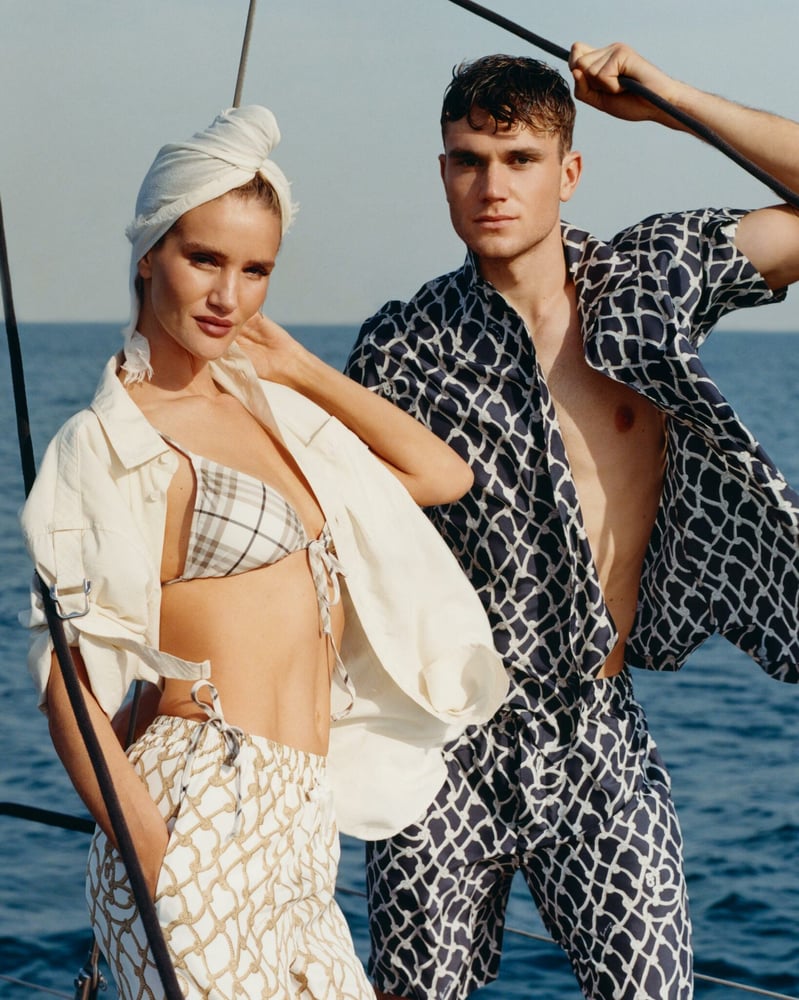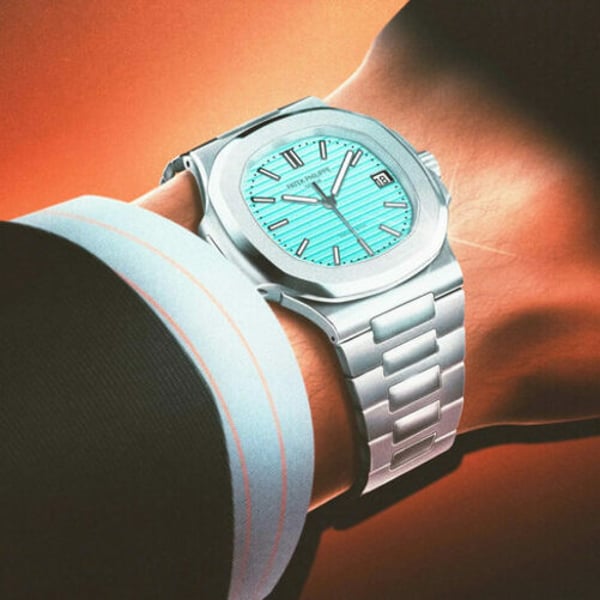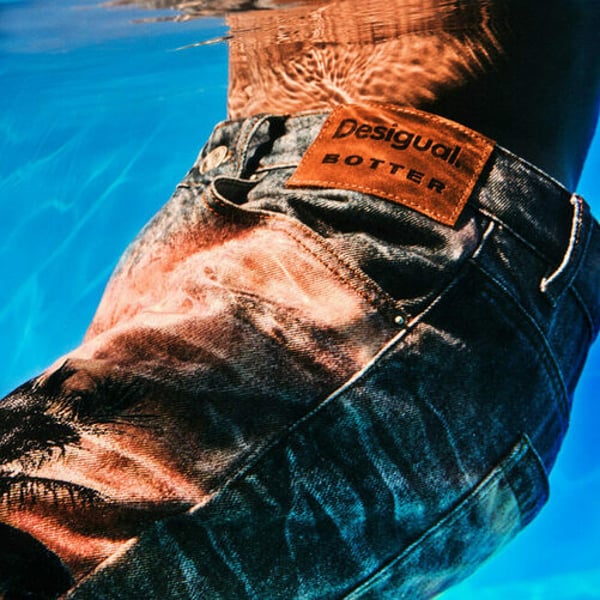As Britain’s most prominent luxury label, Burberry’s results re always closely watched, but even more so since it started struggling and issuing profit warnings. And on Friday its Q1 figures were in the spotlight.

So how did it do in the 13 weeks to late June? It’s not back in top form, although there were very clear signs of progress. The company said that its retail revenue fell 6% on a reported basis to £433 million and it was down 2% at constant exchange rates (CER), stripping out the negative impact of currency effects that have been denting a lot of fashion businesses this year. It was trading from a little less space this time too (-1%), so that also weighed on the figures.
Its comparable store sales were down 1% and one of the aforementioned signs of progress could be seen from the fact that a year ago that figure was negative to the tune of 21%. OK, it’s not yet been able to claw back any of that 21% deficit of this time last year but in the circumstances of an ongoing luxury slump and the company’s own turnaround drive, that 1% fall isn’t bad. And analysts had been expecting a fall of around 3% so that was more good news.
Most importantly though, comparable store sales in two of its key regions tipped into positive territory. In EMEIA, they were up 1% and in the all-important Americas market they rose 4%. Admittedly Asia in general remains an issue for the brand and Greater China comp sales were down 5% while Asia-Pacific fell 4%.
EMEIA had been boosted by local spend offsetting declines from tourists; the Americas was supported by new customer growth; the Greater China figure included a drop of 4% from Mainland China; and the Asia Pacific drop came as it saw a challenging performance in Japan, partially offset by growth in South Korea.
What it did right
In Q1, the company had taken various actions to boost its performance, “resulting in comparable retail sales improvement across all regions relative to the previous quarter. This was supported by stronger brand desirability, outperformance in outerwear and scarves and improved conversion”.
The company has issued a a series of distinctive monthly campaigns such as High Summer, Highgrove, and Festival, “each celebrating British summertime traditions while appealing to different customer archetypes”.
It rebalanced the autumn 25 collection (its first under the Burberry Forward era), “attracting a broad range of luxury customers, focused on fewer, bigger ideas, hero-ing recognisable brand codes”.
Visual merchandising was also enhanced in stores with fixtures to improve product densities. And its scarf bar pilot is outperforming the fleet with 200 targeted by year end.
It saw online momentum continuing for the third consecutive quarter, driven by a “stronger product mix, universal styling and storytelling”.
And its organisational changes are “fostering greater collaboration and agility”. Its cost efficiency programme is on track to deliver £80 million in annualised savings by FY26.
CEO Joshua Schulman understandably chose to focus on the positives and said: “Over the past year, we have moved from stabilising the business to driving Burberry Forward with confidence. The improvement in our first-quarter comparable sales, strength in our core categories, and uptick in brand desirability gives us conviction in the path ahead.”
Of course, it’s the future that counts and he added that the autumn 2025 collection “is being well received by a broad range of luxury customers as it arrives in stores. Although the external environment remains challenging and we are still in the early stages of our transformation, we are encouraged by the initial progress we are starting to see”.
As for the FY26 outlook, Schulman emphasised that as well as it still being early in its turnaround drive, the macroeconomic environment “remains uncertain”. Without giving any concrete figures, he said: “Our focus this year is to build on the early progress we have made in reigniting brand desire, as a key requisite to growing the top-line. In the first half we are continuing to prioritise investment and expect to see the impact of our initiatives build as the year progresses. We will deliver margin improvement with a continued focus on simplification, productivity and cash flow. We remain confident that we are positioning the business for a return to sustainable, profitable growth.”
Analyst view
The general view of all this from analysts is that the business is going in the right direction but they’re aware that there’s still much to do and the market remains tough.
Nick Sherrard, MD of innovation expert network Label Sessions, said: “The leadership team at Burberry has done so much right. In fact, in the year since Josh Schulman took over as CEO it has repositioned the brand in a way that shows real vision, and is hugely admired inside and outside the industry. There are tentative signs of why in today’s update.
“The work Burberry has done over leaves it well placed to eat into its competitors’ market share. Recent brand activations in Ibiza, Glastonbury, and Highgrove show a brand… clear on its strategy. Execute on that and this could be a classic case study of transformation.
“All of that said, 2025 is not a great time to run a luxury brand. The ad campaign reads ‘it’s always Burberry weather’ but in financial terms, at least, there are limits to how fast you can drive revenue recovery in economic conditions like these – particularly in China and the wider Asia Pacific region.”
Copyright © 2025 FashionNetwork.com All rights reserved.





